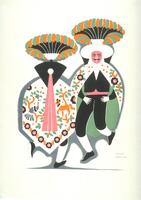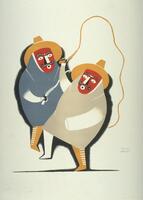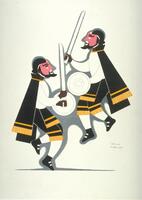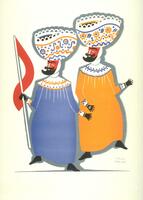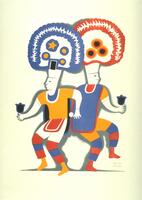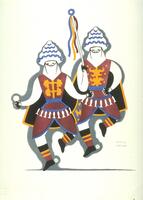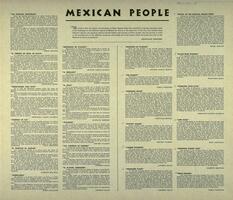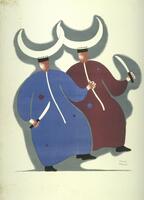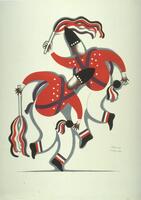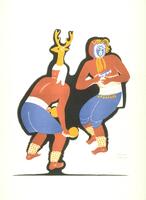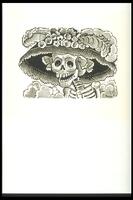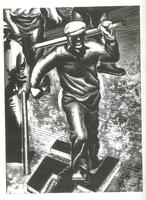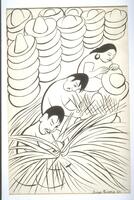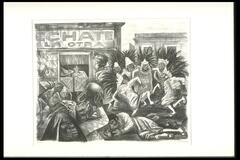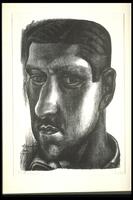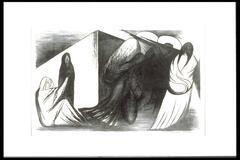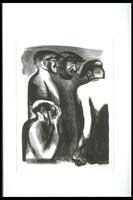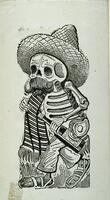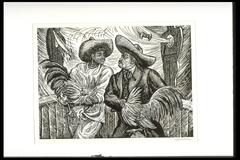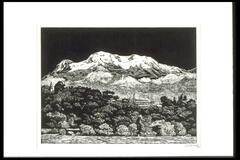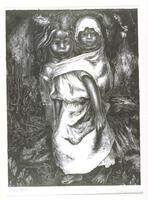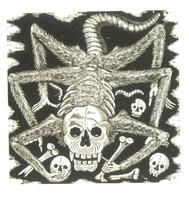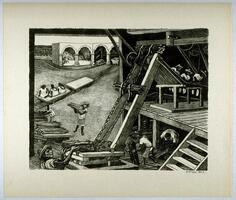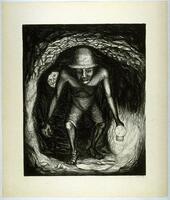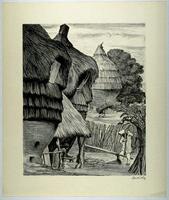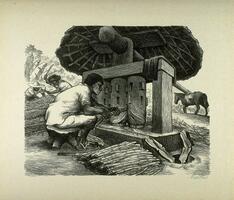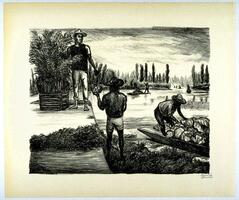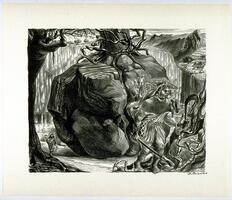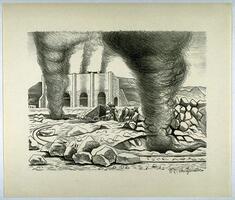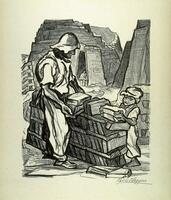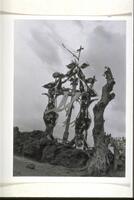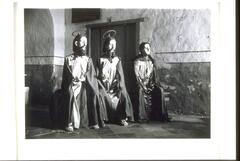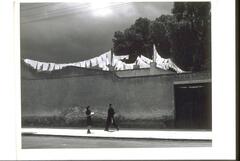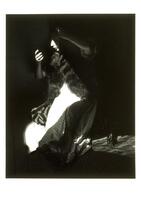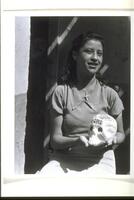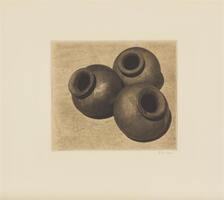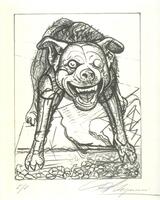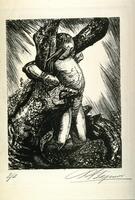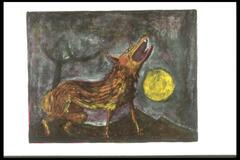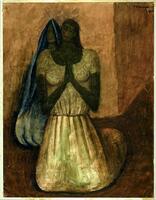Exhibition research for Detroit Institute of Arts exhibition of prints, drawings, and photographs, tentatively scheduled for 2019.
Contact: Clare Rogan, Curator of Prints & Drawings, crogan@dia.org
49 Items in this Learning Collection
Collection Object
Collection Object
Collection Object
Collection Object
Collection Object
Collection Object
Collection Object
Collection Object
Collection Object
Collection Object
Collection Object
Collection Object
Collection Object
Collection Object
Collection Object
Collection Object
Collection Object
Collection Object
Collection Object
Collection Object
Collection Object
Collection Object
Collection Object
Collection Object
Collection Object
Collection Object
Collection Object
Collection Object
Collection Object
Collection Object
Collection Object
Collection Object
Collection Object
Collection Object
Collection Object
Collection Object
Collection Object
Copyright
All Rights Reserved
()
Danza de la Pluma
Accession Number
1944.7
Title
Danza de la Pluma
Artist(s)
Carlos Mérida
Artist Nationality
Guatemalan
Object Creation Date
circa 1937-1939
Medium & Support
lithograph on paper
Dimensions
16 7/8 in x 12 1/2 in (42.86 cm x 31.75 cm)
Credit Line
Museum Purchase
Subject matter
This is one of a series of ten prints that depict the traditional dances of México. Mérida was the co-founder of the dance school for the Secretariat of Education (Escuela de la Danza de la Secretaría de Educación Pública), which worked to preserve the native dances of the region. In addition to this set, at this time, he produced a number of series that cataloged the popular arts and industries of Mexico and his native Guatemala.
This print depicts the Danza de la Pluma, which is also sometimes called the "Dance of Conquest." It is practiced in the Oaxaca state in Southern Mexico. The dance has local Aztec and Zapotec origins and was created to transmit knowledge about the world. As well as being related to cosmology, this dance relates to the process of Spanish conquest in that it signifies the passage of time before and after the landing of the conquistadors. In this dance, there are two kinds of dancers: one representing the Spanish with Hernán Cortés as their leader, and the other known as "Mexica" lead by Moctexuma. The events that led to the conquring of the Mexica people by the Spanish is played out in the dance. It is important to note that this dance can last up to three days, with thirty-minute breaks between songs, and the songs integrate music, chanting and spoken word.
Physical Description
Centered on the page in this print are two figures, facing opposite directions. They are both wearing similar garments in different colors: pants, short-sleeved shirts, and capes. The figure on the right has orange pants with blue and red stripes, red shoes, orange shirt with white trim and a blue cape with red trim. On the left, the figure wears white pants with red and blue stripes, orange shoes, a small red and white apron, a orange shirt with a black cape trimmed in white and blue. Both hold tulip-shaped objects in one hand that are black, trimmed in blue. Each wear an elaborate headdress: white at the base with a large fan coming from it with geometric shapes on the interior. The figure on the left has a blue fan on his headdress with three orange circles and one star, outlined in blue, and one black rectangle at the front of the headdress. On the right, the figure's headdress is red on a white base with three ciricles, black at the center, then red and then orange around it. Each headdress fan seems to have a ruffled edge. Both figures appear to be dancing.
Primary Object Classification
Print
Collection Area
Modern and Contemporary
Rights
If you are interested in using an image for a publication, please visit http://umma.umich.edu/request-image for more information and to fill out the online Image Rights and Reproductions Request Form. Keywords
Aztec (culture or style)
Colonial Spanish American
Mexico
dancers
folk dances
headdresses
modern and contemporary art
1944.7
Title
Danza de la Pluma
Artist(s)
Carlos Mérida
Artist Nationality
Guatemalan
Object Creation Date
circa 1937-1939
Medium & Support
lithograph on paper
Dimensions
16 7/8 in x 12 1/2 in (42.86 cm x 31.75 cm)
Credit Line
Museum Purchase
Subject matter
This is one of a series of ten prints that depict the traditional dances of México. Mérida was the co-founder of the dance school for the Secretariat of Education (Escuela de la Danza de la Secretaría de Educación Pública), which worked to preserve the native dances of the region. In addition to this set, at this time, he produced a number of series that cataloged the popular arts and industries of Mexico and his native Guatemala.
This print depicts the Danza de la Pluma, which is also sometimes called the "Dance of Conquest." It is practiced in the Oaxaca state in Southern Mexico. The dance has local Aztec and Zapotec origins and was created to transmit knowledge about the world. As well as being related to cosmology, this dance relates to the process of Spanish conquest in that it signifies the passage of time before and after the landing of the conquistadors. In this dance, there are two kinds of dancers: one representing the Spanish with Hernán Cortés as their leader, and the other known as "Mexica" lead by Moctexuma. The events that led to the conquring of the Mexica people by the Spanish is played out in the dance. It is important to note that this dance can last up to three days, with thirty-minute breaks between songs, and the songs integrate music, chanting and spoken word.
Physical Description
Centered on the page in this print are two figures, facing opposite directions. They are both wearing similar garments in different colors: pants, short-sleeved shirts, and capes. The figure on the right has orange pants with blue and red stripes, red shoes, orange shirt with white trim and a blue cape with red trim. On the left, the figure wears white pants with red and blue stripes, orange shoes, a small red and white apron, a orange shirt with a black cape trimmed in white and blue. Both hold tulip-shaped objects in one hand that are black, trimmed in blue. Each wear an elaborate headdress: white at the base with a large fan coming from it with geometric shapes on the interior. The figure on the left has a blue fan on his headdress with three orange circles and one star, outlined in blue, and one black rectangle at the front of the headdress. On the right, the figure's headdress is red on a white base with three ciricles, black at the center, then red and then orange around it. Each headdress fan seems to have a ruffled edge. Both figures appear to be dancing.
Primary Object Classification
Collection Area
Modern and Contemporary
Rights
If you are interested in using an image for a publication, please visit http://umma.umich.edu/request-image for more information and to fill out the online Image Rights and Reproductions Request Form. Keywords
Aztec (culture or style)
Colonial Spanish American
Mexico
dancers
folk dances
headdresses
modern and contemporary art
